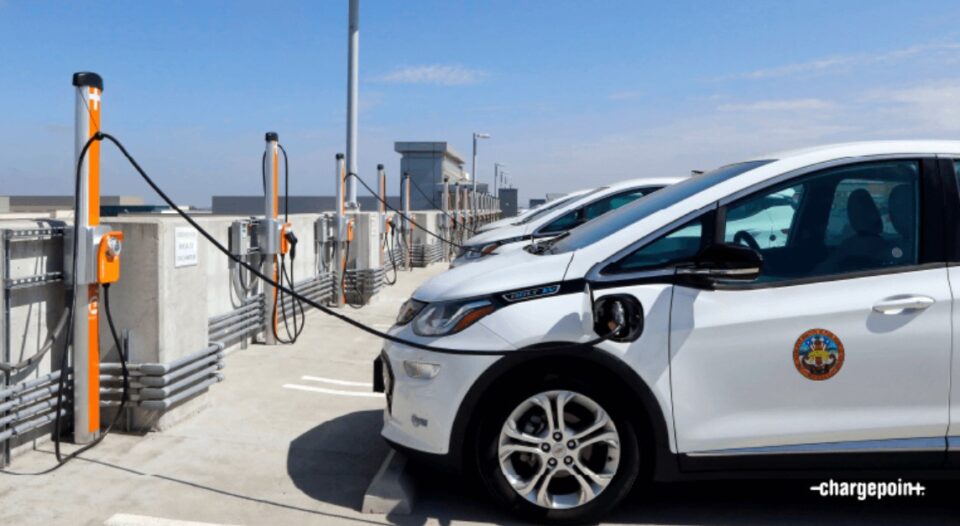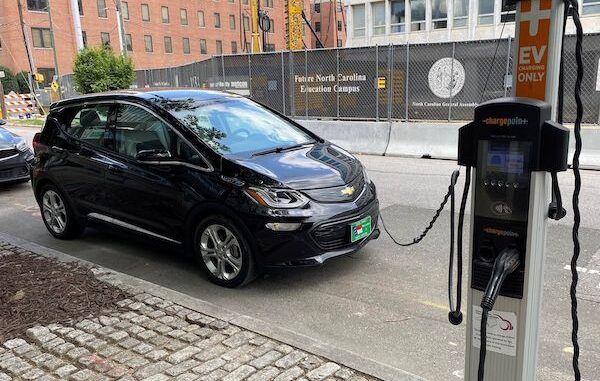What’s Driving the Growth of EV Infrastructure? Buy EV Charging news for Key Updates
New Advancement in EV Charging: Exactly How the Sector Is Developing to Fulfill Need
As the electric automobile (EV) market continues to expand, the charging infrastructure is going through significant transformations to resolve the rising demand. The effects of these improvements elevate vital questions regarding the future of EV charging and its function in the more comprehensive energy environment.
Growth of Charging Framework
The rapid development of electric car (EV) billing framework is a vital part in facilitating the extensive fostering of electric mobility. As federal governments, personal companies, and consumers significantly identify the importance of minimizing carbon emissions, investments accountable networks have actually risen. This framework development is vital to relieve array anxiety, guaranteeing that EV individuals have practical accessibility to charging stations.
Substantial developments in charging station innovation and implementation methods have actually emerged. Urban areas are seeing a proliferation of public charging terminals, while country areas are slowly being integrated into the charging network. Partnerships between auto suppliers and charging carriers are coming to be extra typical, facilitating the establishment of comprehensive networks that boost individual experience and ease of access.
On top of that, the assimilation of renewable resource resources into billing terminals is gaining energy, promoting sustainability in the EV ecosystem. This change not only sustains environmental objectives however also lines up with the rising need for green energy solutions amongst customers.
Ultra-Fast Charging Technologies
Ultra-fast charging modern technologies represent a substantial leap onward in the EV charging landscape, making it possible for electric automobiles to recharge in a portion of the time contrasted to standard billing techniques. These technologies usually deliver power levels going beyond 150 kW, with some systems reaching up to 350 kW or more, drastically minimizing billing times to as low as 15-30 mins for a significant charge.
Secret making it possible for technologies consist of developments in battery chemistry, power electronic devices, and thermal management systems. For circumstances, high-capacity batteries with improved thermal security enable for faster charging without overheating. Additionally, advancements in billing framework, such as liquid-cooled cable televisions and modular charging terminals, promote reliable power transfer, boosting the overall user experience
Major vehicle suppliers and technology firms are actively investing in ultra-fast charging networks, recognizing the vital function they play in getting over array anxiousness and increasing the fostering of electrical lorries. As these modern technologies come to be extra extensively readily available, the EV market is anticipated to witness substantial development, making electric movement a more attractive option for consumers. On the whole, ultra-fast billing modern technologies are essential in shaping the future of sustainable transportation, leading the way for a much more effective and substantial billing ecological community.
Smart Grid Combination

With demand reaction techniques, wise grid systems can change charging routines based on grid problems and power rates. Throughout durations of high demand, charging can be postponed to off-peak hours, resulting in reduced costs for consumers and decreased stress on the grid. In addition, vehicle-to-grid (V2G) technologies enable EVs to release power back into the grid, improving and offering ancillary solutions grid stability.
Combination with eco-friendly energy sources better improves the sustainability of EV charging. By straightening billing tasks with durations of high solar or wind generation, smart grids advertise a greener charging infrastructure. Inevitably, wise grid integration not just supports the expanding demand for EVs yet likewise adds to a much more sustainable and resistant energy future, placing the industry for lasting success.
Battery Developments
Among the fast advancement of electric lorries (EVs), battery advancements stand at the forefront, driving improvements in sustainability, efficiency, and performance. As the need for EVs rises, manufacturers and researchers are focusing on boosting battery modern technologies to attend to challenges such as range anxiety and charging times.
Lithium-ion batteries continue to be one of the most widely used innovation, yet new products and chemistries are emerging to enhance power thickness and durability. Solid-state batteries, as an example, assure better power storage space ability and boosted safety and security by changing fluid electrolytes with strong ones. This shift might considerably minimize the threat of fire and boost the life-span of batteries.
In addition, innovations in battery reusing procedures are critical for sustainability. Firms are creating techniques to recuperate important materials like lithium, cobalt, and nickel from used batteries, advertising a round economic situation and lowering ecological effect.

Worldwide Charging Criteria

Efforts are underway to develop international billing requirements that facilitate compatibility amongst different EV versions and charging terminals. Organizations such as the International Electrotechnical Payment (IEC) and the Society of Automotive Engineers (SAE) are functioning collaboratively with auto manufacturers and energy companies to develop thorough standards. EV Charging news. These standards aim to improve the charging process, decrease the requirement for several adapters, and improve individual experience
Additionally, standardization can dramatically strengthen the development of the billing network, as it motivates financial investment by making infrastructure advancement much more predictable and efficient. As the EV market grows, a unified strategy to billing requirements web link will be important for guaranteeing that consumers can bill their lorries easily and dependably, thus supporting the more comprehensive change to lasting transportation.
Conclusion
The electrical automobile charging industry is undertaking considerable change to address the rising demand for sustainable transport. Improvements in charging framework, ultra-fast innovations, smart grid assimilation, and ingenious battery solutions are crucial in boosting user experience and operational efficiency. The pursuit of international charging standards is important for making certain interoperability across various regions and systems. Jointly, these advancements place the industry to sustain a wider adoption of electric important source automobiles, inevitably adding to a more lasting future.
Urban areas are seeing a spreading of public charging terminals, while country regions are slowly being integrated into the billing network. In addition, developments in charging facilities, such as liquid-cooled cables and modular billing terminals, facilitate reliable power transfer, improving the overall user experience.
On the whole, ultra-fast charging technologies are pivotal in shaping the future of lasting transportation, paving the method for a more considerable and reliable charging ecological community. - EV Charging news
By aligning charging tasks with durations of high solar or wind generation, wise grids advertise a greener charging framework.Initiatives are underway to establish global billing standards that help with compatibility among numerous EV designs and charging stations.